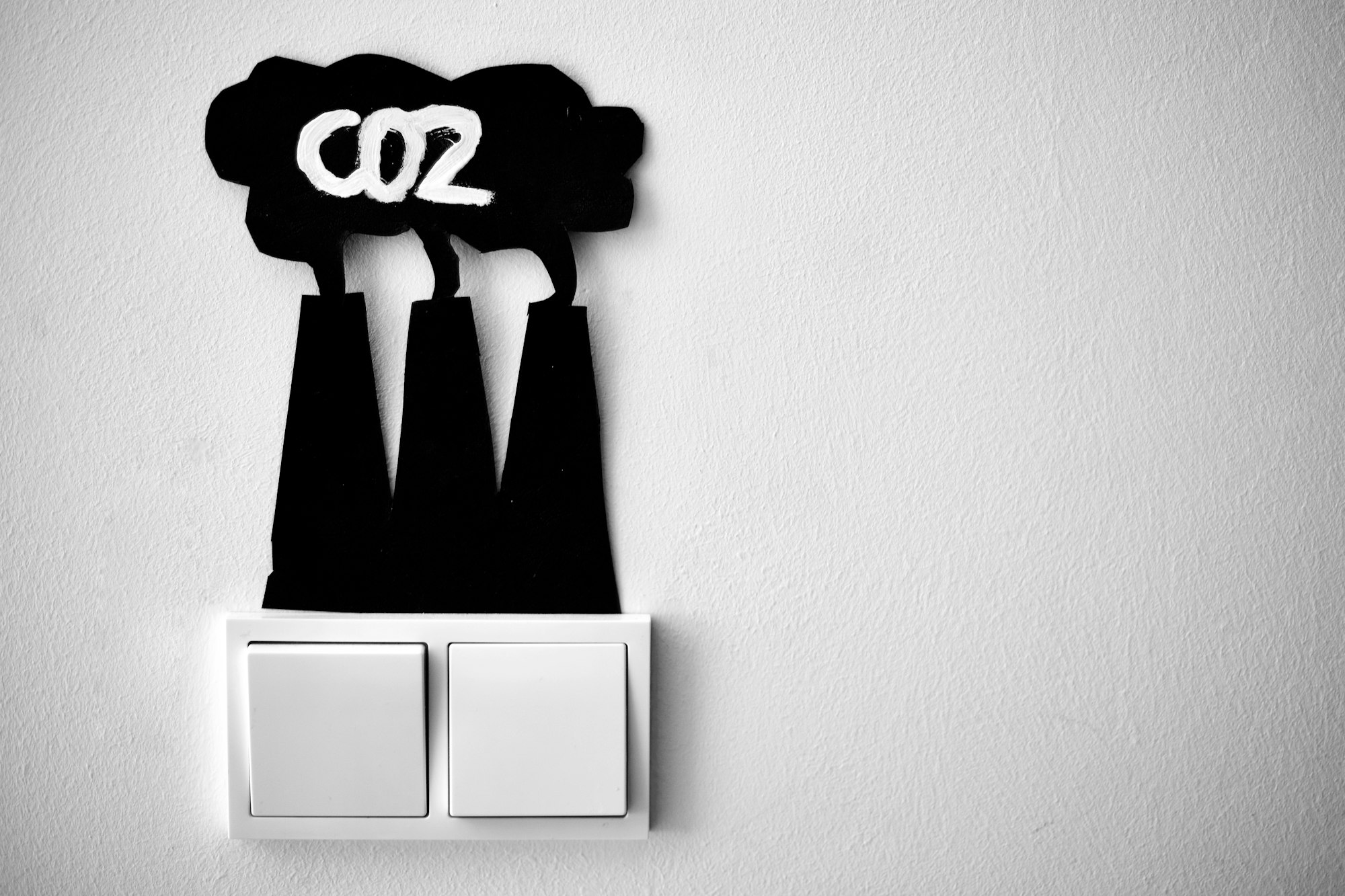The Contribution of Carbon Capture and Utilisation (CCU) towards Climate Neutrality in Europe
Our recently launched first-of-a-kind quantitative assessment of the contribution of Carbon Capture and Utilisation (CCU) towards climate neutrality in the EU, shone a spotlight on greater realism across the estimated capacity of CCU to be a climate-mitigating solution. Here are some of the key questions the report is answering:
Can CCU contribute to reaching climate neutrality by 2050?
According to our research, more than 21% of GHG reduction from technologies will come from CCU, reducing CO₂ emissions by about 250Mt in the EU by 2050. The current EU economic and regulatory measures represent only 34% of the effort required to reach climate neutrality, making the 2050 targets virtually impossible to reach without additional measures reinforcing societal changes (30%) and technological development (37%).
CCU is of strategic importance to reach the EU net zero objectives and needs to be properly supported and recognised by the EU to ensure its central role to help drive down emissions, particularly for hard-to-abate sectors.
Where will the CO₂ used in CCU come from in 2050?
Until 2035, most of the carbon will be captured at point sources while Direct Air Capture (DAC) is brought to scale, then DAC will need to scale up to supply enough CO₂ for all the desired CCU applications. Industries with unavoidable process emissions (e.g. lime plants), will remain together with DAC and biogenic emissions, the principal suppliers for captured carbon used in CCU products, but the emissions from hard-to-abate sectors are assumed to decrease over time as the production methods change.
Our 2050 vision scenario shows that of the 320 MtCO₂ needed to be captured, 55% will be utilised with the rest stored underground, 46% will come from DAC, 23% from remaining process emissions, 23% from biogenic emissions, 2% from CCU fuel combustion, and only 6% from the remaining fossil fuel emissions.
How Will the Captured Carbon Be Used by 2050?
The 55% of captured carbon will be used as feedstock to answer non-fossil carbon demand, while the rest will be stored underground. Of the 173 MtCO₂ utilised:
- 50% will be used to produce CO₂-based fuels for aviation, maritime and inland transport.
- 42% for CO₂-based chemical production.
- 8% will be mineralised and permanently stored in building materials.
CCU products will play a crucial role in “defossilising” industrial production, reducing at least 20% of its total greenhouse gas emissions. The use of captured carbon as feedstock will reduce emissions by 11% in the chemical industry, by 7% using CCU fuels, and by 2% capturing CO₂ permanently in building materials via mineralisation.
What CO₂-based products can be produced by 2050?
CCU products will contribute to replacing fossil-based products in the industry and transport sectors:
- Fuels: They will represent 17,5 % of the total EU energy consumed by 2050 and use the largest amount (50%) of CO₂ among CCU applications. 474 TWh will be produced for international aviation and maritime transports, 178 TWh in inland transport (including heavy-duty road vehicles and inland waterways), and 509 TWh to replace fossil fuels in industries.
- Chemicals: The olefin demand in the EU will decrease from 65 Mt to 50 Mt by 2050, because of increased material efficiency and circularity. CCU has the potential to become a key alternative to virgin fossil carbon use and contribute to at least 70% of the primary production of olefins by using renewable energy and captured carbon as feedstock. This represents 30% of the total olefin production (including the secondary routes).
- Building materials: CO₂ can be stored permanently in building materials via mineralisation. This process can potentially sequester permanently at least 4% of the carbon captured. It can produce about 76% of total ceramics production (99Mt) and 100% of precast concrete can be CO₂ cured which represents 20% of the total EU concrete production (900Mt).
Want to learn more?
This exercise is the first stage of a continuous process to monitor and quantify the role of CCU in contributing to climate neutrality in the EU. One of the main results is the creation of CLIMACT 2050 PATHWAY EXPLORER FOR CCU, the first-of-a-kind, open-access CCU model to explore and put in context the contribution of the different CCU pathways in the EU.
To read the full report and have access to the model click here.



